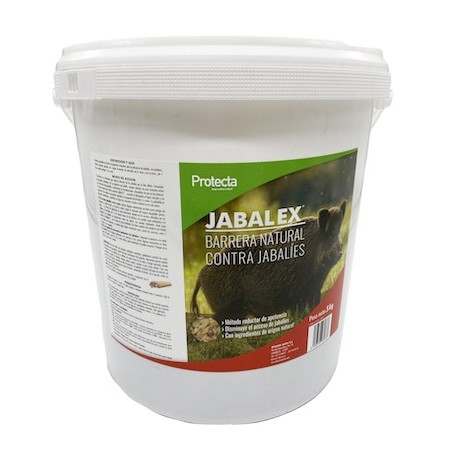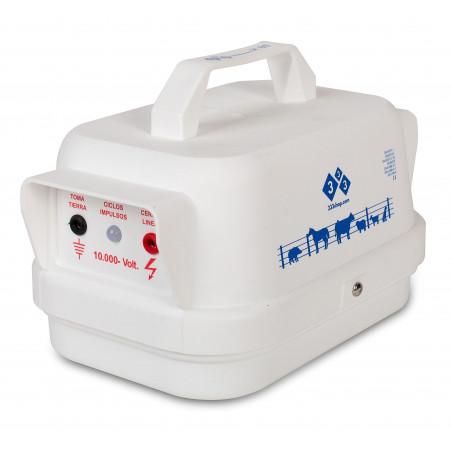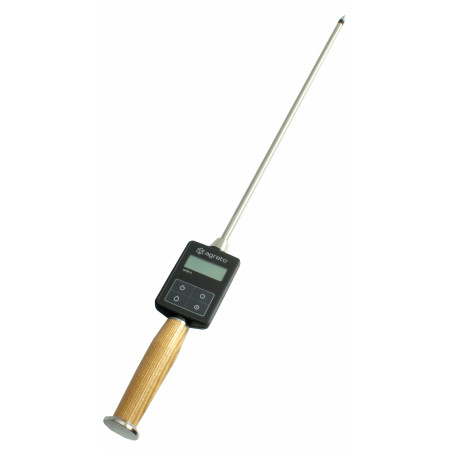The Experimental Zooprophylactic Institute of Venezie created the research project, DEATHBOARS, to acquire essential information both to quickly identify African swine fever (ASF) in case of its introduction in the wild boar population of northeastern Italy and to plan and implement the main actions necessary for the surveillance and control of this disease.
Early identification is essential to contain the disease within a relatively limited area, and the identification and elimination of infected carcasses, which are the key to the persistence of the virus, represents one of the key points for its control and eradication.

Two of the main questions the project aims to answer are:
- In which environments are dead wild boars most likely to be found? This information is important to maximize the probability of early detection of ASF introduction.
- Based on decay and consumption by scavengers, what is the time required to identify a dead wild boar in the field? This information is essential to organize effective surveillance in the area and, in case of disease introduction, significantly increase the chances of control.
What does the project consist of?
Wild boar carcasses, obtained from the Euganean Hills Regional Park monitoring activity, are placed at two sites within the park in four sampling sessions lasting approximately 2 months each in summer, fall, winter, and spring.
The carcasses exposed to local climatic conditions are monitored to measure environmental parameters (temperature, humidity, etc.) using sensors and camera traps to detect consumption by necrophagous species.
They are also periodically inspected by investigators to verify their decay and the succession of necrophagous insects using forensic entomology techniques.
December 3, 2023/ Experimental Zooprophylactic Institute of Venezie/ Italy.
https://www.izsvenezie.it/











